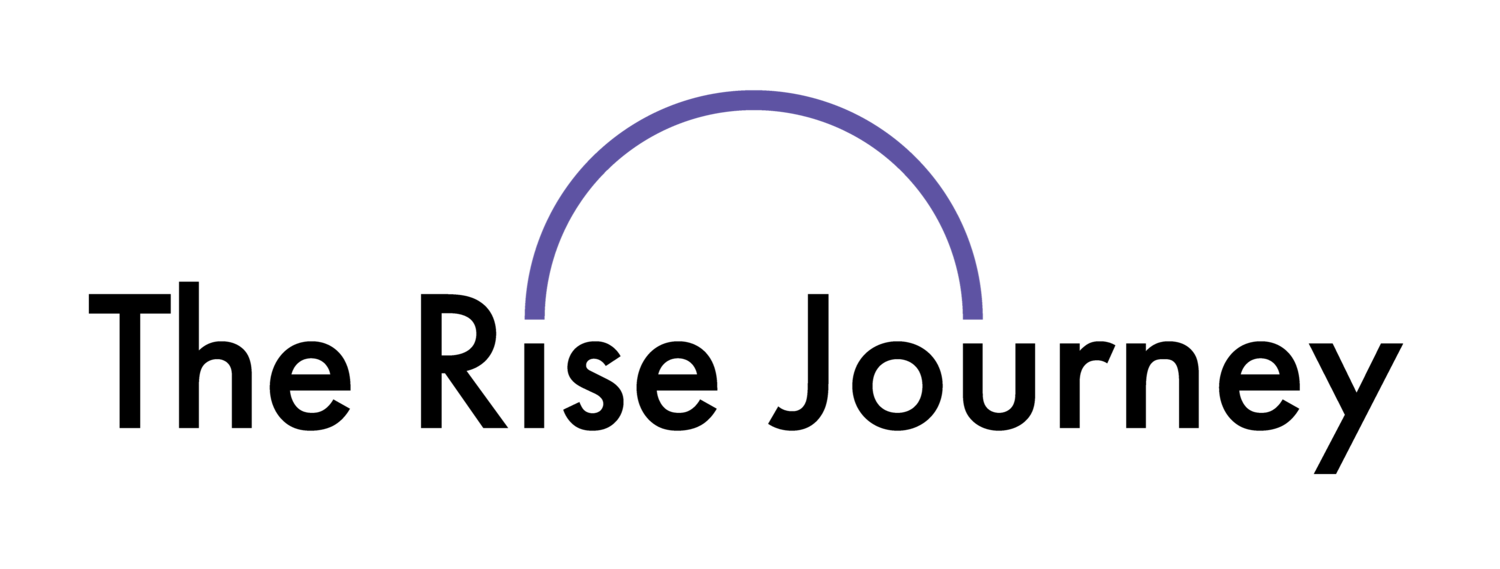Diversity Hiring Strategy: 7 Tips to Improve Your Recruitment Approach
Hiring team reviewing applications and engaging with candidates.
“Let’s stop believing that our differences make us superior or inferior to one another.”
There continues to be a notable increase in organizations prioritizing diversity hiring. A CNBC survey found that 80% of participants expressed a desire to be employed by a company that prioritizes initiatives promoting diversity, equity, and inclusion. However we’ve all seen it, the let's save face by appearing to align with the aching need for change without actually changing. In the midst of this shift and increased desire for inclusion, some organizations inadvertently mask their need for improvement in their talent recruitment processes.
Limited resources or hidden lack of investment in training or tools like employee resource groups (ERGs) are often used as veils to conceal deficiencies in diversity hiring strategies. While these efforts may be well-intentioned inclusion and overall employee well-being requires a more comprehensive and proactive approach.
Let's explore how organizations can more authentically enhance their diversity hiring strategies and attract top talent from anywhere.
What is Diversity Hiring?
Diversity hiring refers to the practice of intentionally recruiting and hiring candidates from a wide range of backgrounds, experiences, and identities. The goal of diversity hiring is to create a workforce that reflects the true makeup of our communities with a goal to create an inclusive environment where all employees feel valued, respected, and empowered to succeed.
Common misconceptions around hiring for diversity include
Tokenism: Diversity hiring is often misunderstood as merely fulfilling quotas based on superficial characteristics. However, its true focus is on merit and qualifications, seeking excellence from various talent pools.
Lowering Standards: Contrary to belief, there is no compromise on qualifications or lower hiring standards. It seeks candidates who bring diverse perspectives while meeting the role's requirements.
Exclusion: Diversity hiring is inclusive and does not discriminate against any group. It aims to create opportunities for all individuals, regardless of their background or identity.
Lighthearted company interview
Diversity Hiring Best Practices for 2024
1. Clearly Define Your Diversity Goals
Setting clear diversity goals is the first step towards building a more inclusive workplace. These goals should be specific, measurable, achievable, relevant, and time-bound (SMART). By defining what diversity means for your organization and setting targets to achieve it, you create a roadmap for success.
2. Implement Inclusive Job Descriptions and Advertisements
Job descriptions and advertisements play an important role in attracting diverse candidates. Use inclusive language and avoid gendered or biased terms that may discourage certain groups from applying. Highlight your commitment to inclusion to attract candidates who share common values.
3. Expand Your Recruitment Channels to Reach More Talent
Traditional recruitment methods may limit your access to diverse talent pools. According to a report by the U.S. Department of Labor, “The unemployment rate for persons with a disability was about twice as high as the rate for persons without a disability.” Expanding your recruitment channels to include diversity-focused organizations, job boards, outreach for people with disabilities and networking events only helps with attracting the right employees. Partnering with community organizations and attending industry-specific events can help you reach a more diverse audience.
4. Conduct Bias-Free Resume Screening and Evaluation
Unconscious biases can creep into the resume screening and evaluation process, leading to unfair treatment of candidates. Train your hiring team to recognize and mitigate biases, such as affinity bias or confirmation bias. Implement blind resume screening techniques to focus solely on skills and qualifications.
5. Diversify Your Interview Panels
Having a diverse interview panel can help mitigate biases and provide different perspectives during the hiring process. Ensure that your interview panel represents a range of backgrounds, experiences, and identities. Encourage panel members to actively listen and consider diverse viewpoints.
6. Offer Inclusive Onboarding and Training Programs
Inclusive onboarding and training programs are essential for ensuring that new hires feel welcome and supported from day one. Provide training on diversity, equity, and inclusion topics to all employees, regardless of their role or level within the organization. Offer resources and support networks for employees from underrepresented groups.
7. Create a Culture of Inclusion, Belonging, and Accessibility
Creating a culture of inclusion, belonging, and accessibility is crucial for retaining diverse talent and fostering employee engagement. Lead by example and prioritize diversity and inclusion in all aspects of your organization, from hiring and promotion decisions to day-to-day interactions. Encourage open communication and feedback to ensure that all voices are heard and valued.
Improve Your Hiring Strategy with The Rise Journey
Improving your diversity hiring strategies isn't just about meeting quotas or saying the right thing—it's about creating a workplace where people feel valued, respected, and empowered to succeed. By implementing following these best practices, you can build a more inclusive organization that promotes innovation, creativity, and employee engagement. To see how The Rise Journey can support your organization, check out organizational culture services designed with you and your team in mind.
Have questions? Connect with our team to get the answers you deserve.
Key Takeaways:
80% prioritize working for diversity-valuing companies, yet some hide recruitment process flaws with limited resources or underrepresented groups.
Common misconceptions include tokenism, standards lowering, and exclusion, demanding a deeper understanding of diversity hiring practices.
Essential practices include setting clear goals, using inclusive job descriptions, expanding recruitment channels, conducting bias-free screening, diversifying interview panels, offering inclusive onboarding, and fostering a culture of inclusion.
It's about creating environments where everyone feels valued and empowered



